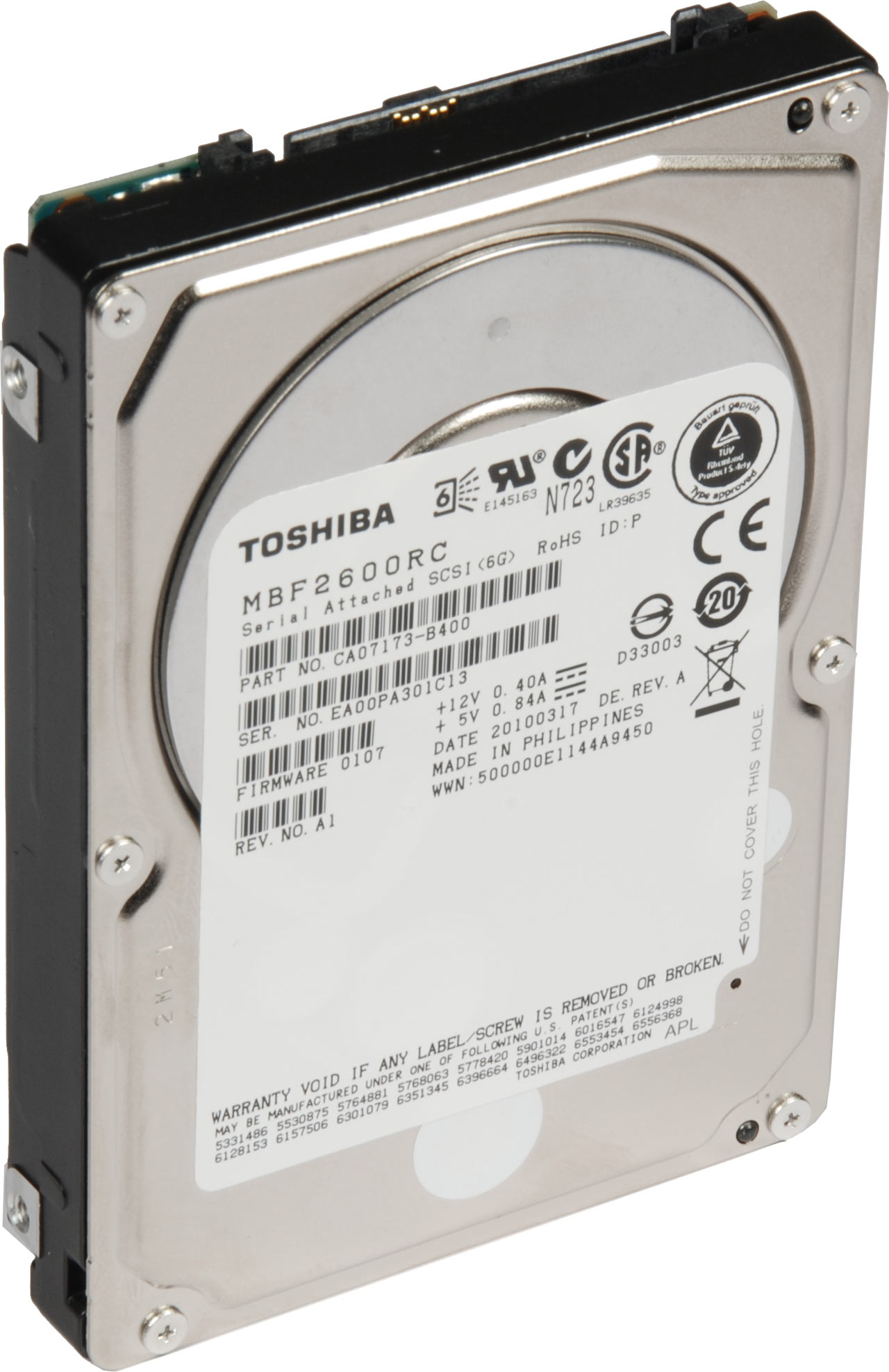Changing Of The Guard: 2.5” Hard Drives In The Enterprise
2.5” Drives In The Enterprise
Many changes are taking place in the storage market, the most noticeable being a transition away from rotating media to solid state storage. However, the traditional hard drive space is changing, too. The good old hard drive won’t be going away any time soon because it simply can’t be replaced. “Highest capacity” is still incompatible with “affordable cost.”
Our focus here isn't to again hard up on the move from conventional magnetic storage to SSDs. Rather, we want to look at the transition away from a 3.5” form factor toward 2.5” drives, and the implication of smaller drives in the enterprise space. All major hard drive companies now offer at least one 2.5” enterprise hard drive product line, and some have even announced discontinuing their high speed 15,000 RPM 3.5” drives. SSDs deliver the best performance, and nearline 3.5” drives support the largest 2TB capacities. Everything in between seems destined to make a move to the 2.5” form factor for various reasons we’ll explain throughout this article.
The magic word in enterprise storage is “density,” which typically refers to the storage capacity available in a given physical footprint. This starts at the hard drive level with capacity per square inch or capacity per hard drive platter. Continuing up to a system level, you need to know how much capacity can be made available in 1U, 2U, 4U, or even a full rack.
Storage density may also refer to the performance capabilities of a storage solution, which brings us back to the 3.5” to 2.5” transition. Knowing that RAID storage performance can scale up according on the number of drives you deploy, it’s apparent that a larger number of 2.5” drives will yield significant advantages over a smaller number of 3.5” drives. We’ll look at performance, power consumption, capacities, and other applications, like blade servers. Finally, 2.5” is the preferred form factor for SSDs, helping pave the way for drop-in upgrades. Let’s start with looking at flash technology.
Get Tom's Hardware's best news and in-depth reviews, straight to your inbox.
